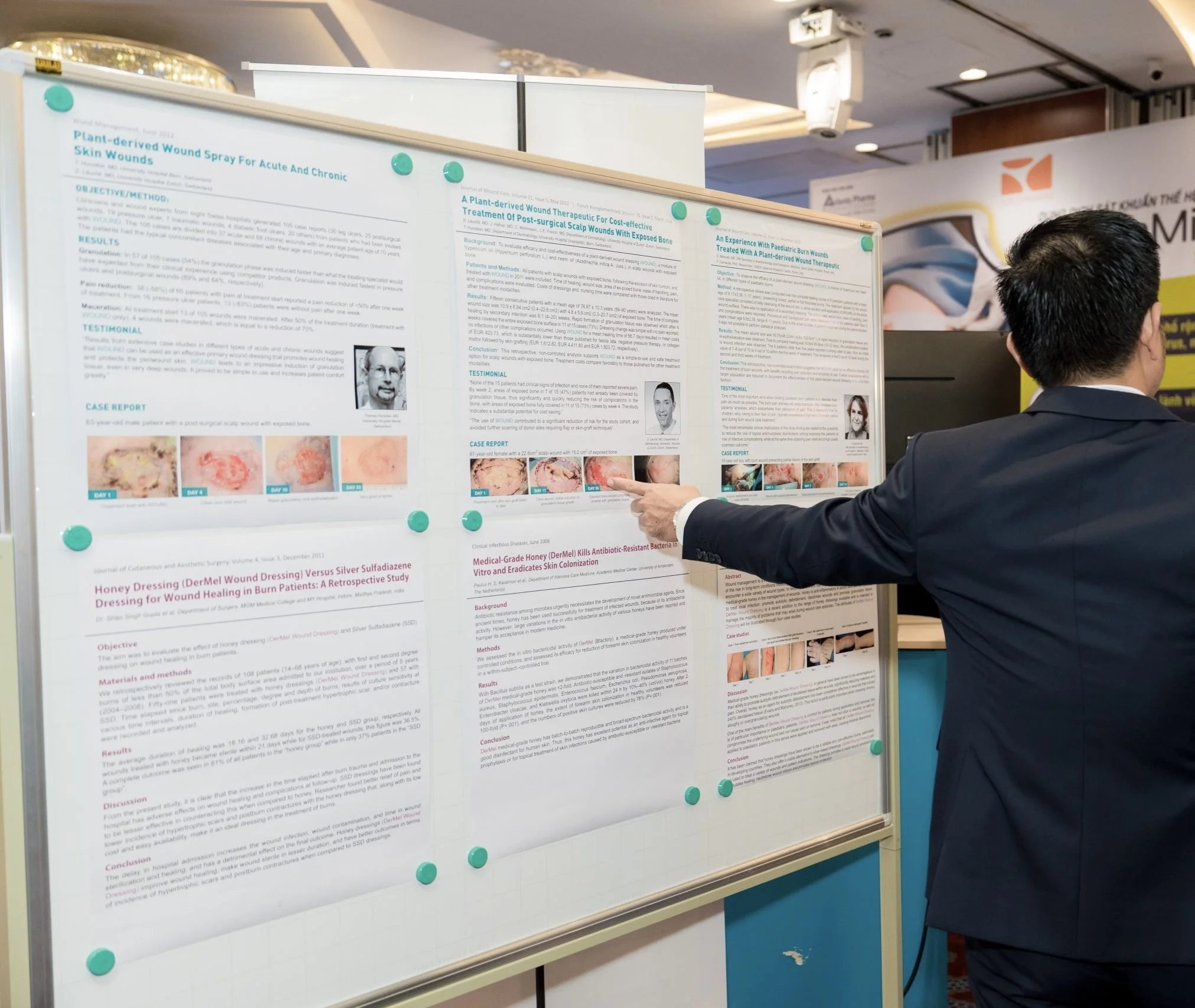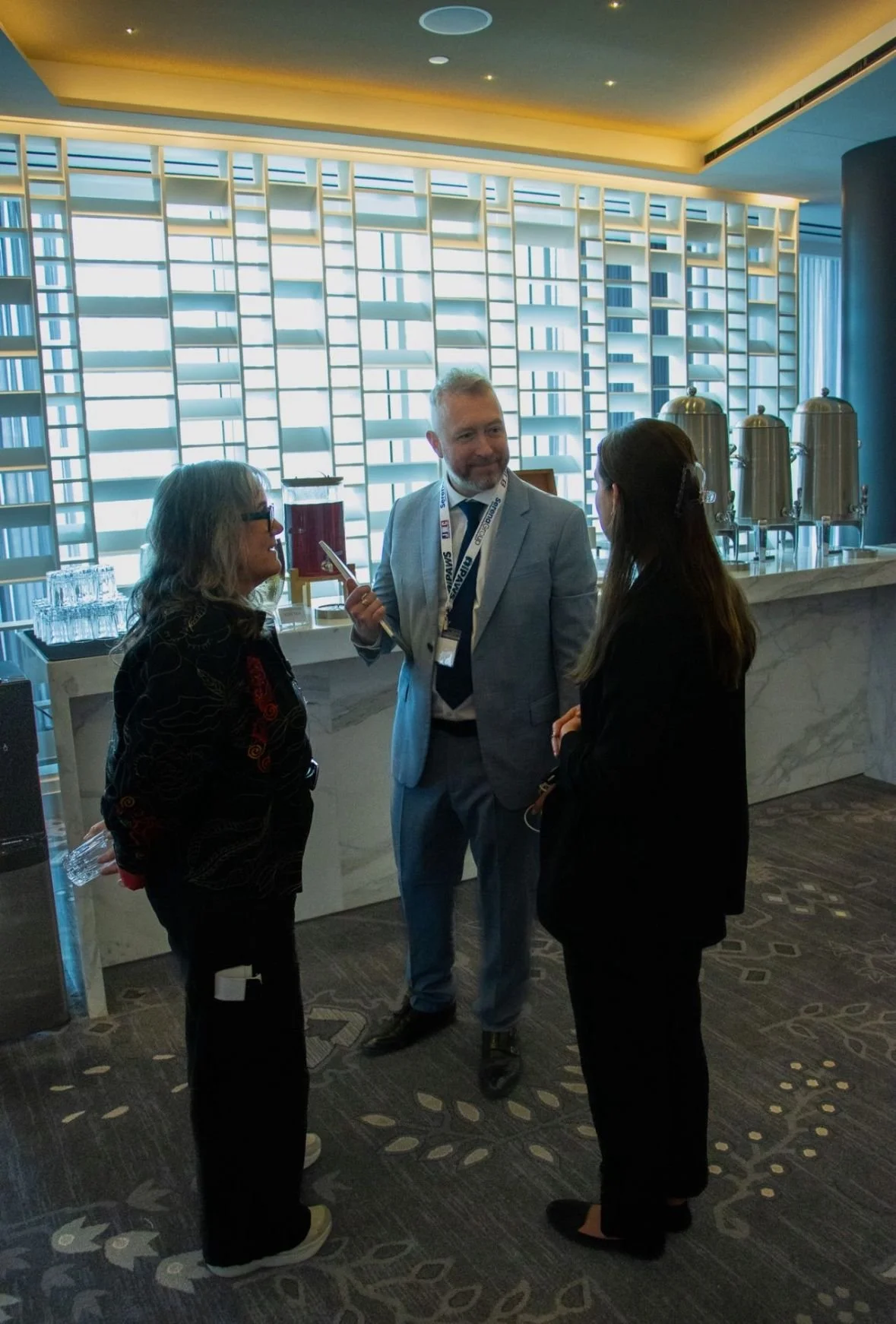Scroll down for Abstract Submission Guidelines
Posters
Guidelines
All poster presentation materials will be displayed on US-standard 4’x8’ boards, provided on-site. We ask that submitted posters be sized at either 3’x6’ or 4’x8’ to ensure a proper fit. Posters should be printed as a single sheet rather than assembled from multiple sections. Titles must remain within the bounds of the poster dimensions.
Poster Content Format
Your poster should include:
A clear title with all author names listed at the top
A brief introduction, goals, methodology, results, and conclusions
Well-labelled visuals such as graphs, charts, images, and tables
A logical layout that flows clearly from section to section
Text and visuals that are legible from a distance of 6–10 feet
Design & Appearance Tips
Keep text concise, highlighting only the key points of each section
Use clean, simple visuals - one clear idea per graphic or table
Avoid reusing complex visuals from publications or theses
Ensure all content is readable from a minimum of 6 feet away
Stick to high-contrast, accessible colour combinations
Use white backgrounds for clarity and legibility
Choose simple fonts and use bold text sparingly for headings
Abstracts
Guidelines
Abstracts are required for all oral presentations.
Accepted abstracts may be published on the conference website and in the International Journal of Tissue Repair. By submitting an abstract, you consent to TRES/IPAWSpublishing your work.
Abstract withdrawals must be submitted in writing. Withdrawals are only allowed up to 14 days after acceptance notification.
Abstract Content
Word limit: Maximum 275 words (not including title, authors, and affiliations). Abstracts that are too long may be shortened.
Title: Keep it short but clear. Titles should include the type of study - eg, a cross-sectional survey, a randomised controlled trial.
No names or places in the text: Do not include author names, institutions, hospitals, schools, or cities in the abstract text or title. This ensures a blind review.
• Structure your abstract with four parts:
Aim: What is the purpose of your study?
Methods: How did you carry out the study or select your cases/subjects?
Results: Present your findings clearly, using text, tables, or figures.
Conclusions: What is new, important, or meaningful about your results?
Abbreviations: Spell out the full term the first time you use it.
Previously presented work: Abstracts shown at earlier TRES/IPAWS conferences will only be accepted if they include substantial new data.
Source of funding should be included. If none, say so.
Contributors: Briefly explain who did what in the study (e.g., AB carried out the statistical analysis. CD wrote the abstract with input from EF).
Confirm that all authors have reviewed and approved the final version of the abstract for publication.
Conflicts of Interest: list any conflicts of interest for each author. If there are none, write: “I/We declare that I/we have no conflicts of interest.”
Images
Use only images you own or have permission to use.
If showing patient photos, get consent as required by local laws.
Authors are responsible for ensuring all images used are legal and appropriate for academic use.






